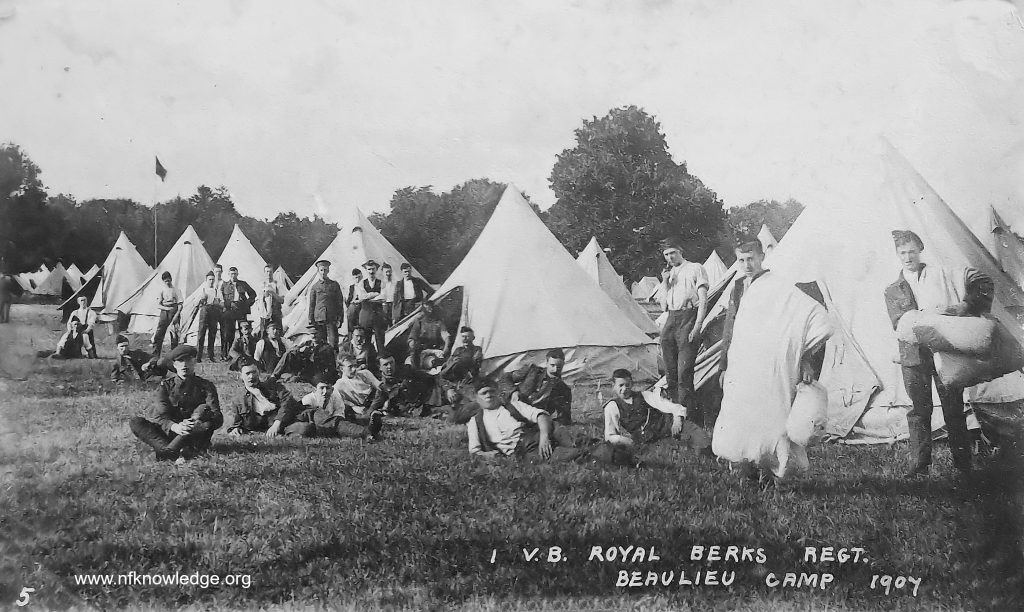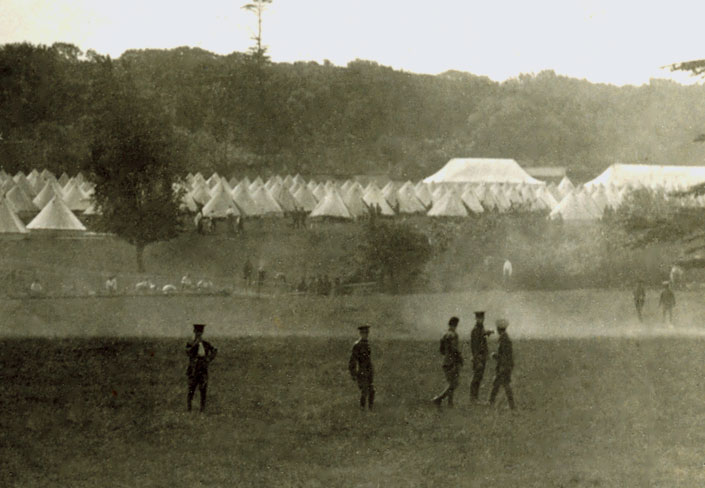During the life of the project the team has seen some propaganda leaflets dropped by the Germans on the British and two British leaflets dropped on the Germans.
British leaflets dropped on the Germans
Propaganda leaflet – Warnung S1/2
Prime Minister’s Broadcast
Copy of the British ‘propaganda’ leaflet dropped on the Germans in 1939.
Printed by: HMSO. His Majesty’s Stationary Office
First dissemination by aircraft: 03/04 September 1939
Last dissemination by aircraft: 08/09 September 1939
Number dropped: 7,668,000
03/04 September 1939: 5,400,000 – Bremen, Hamburg, Ruhr
04/05 September 1939: 1,548,000 – Ruhr
08/09 September 1939: 720,000 – Hanover – Brunswick
The leaflets original size: 13.5 cm x 21.5 cm
This was the first aerial propaganda leaflet distributed at the outbreak of WWII.
Translation:
(OBVERSE)
WARNING
A Message from Great Britain
German men and women,
The Government of the Reich have with cold deliberation forced war upon Great Britain. They have done so knowing that it must involve mankind in a calamity worse than that of 1914. The assurance of peaceful intentions the Führer gave to you and to the world in April have proved as worthless as his words at the Sportpalast last September when he said:- “We have no more territorial claims to make in Europe”.
Never has Government ordered subjects to their deaths with less excuse. This war is utterly unnecessary. Germany was in no way threatened or deprived of justice. Was she not allowed to re-enter the Rhineland, to achieve the Anschluss, and to take back the Sudaten Germans in peace? Neither we nor any other nation would have sought to limit her advance, so long as she did not violate independent non-German peoples.
Every German ambition – just to others – might have been satisfied through friendly negotiation.
(REVERSE)
!!! WARNING !!!
– Page 2 –
President Roosevelt offered you both peace with honour and the prospect of prosperity. Instead your rulers have condemned you to the massacre, miseries and privations of a war they cannot even hope to win.
It is not us, but you they have deceived. For years their iron censorship has kept from you truths that even uncivilised peoples know. It has imprisoned your minds in, as it were, a concentration camp. Otherwise they would not have dared to misrepresent the combination of peaceful peoples to secure peace as hostile encirclement. We had no enmity against you, the German people.
This censorship has also concealed from you that you have not the means to sustain protracted warfare. Despite crushing taxation you are on the verge of bankruptcy. Our resources and those of our allies in men, arms, and supplies are immense. We are too strong to break by blows, and we could wear you down inexorably.
You, the German people, can if you will, insist on peace at any time. We also desire peace and are prepared to conclude it with any peace-loving Government in Germany.
Reference: http://www.psywar.co.uk/product_1939EH273.php
Propaganda leaflet – Achtung S1/2
Prime Minister’s Broadcast
This is a copy of the British ‘propaganda’ leaflet dropped on the Germans in 1939.
Printed by: HMSO. His Majesty’s Stationary Office
First dissemination by aircraft: 07/08 September 1939
Last dissemination by aircraft: 01/02 October 1939
Number dropped: 4,392,000
First dissemination by balloon: 01/02 October 1939
Last dissemination by balloon: 01/02 October 1939
Number dropped: 57,000
The leaflets original size: 13.5 cm x 21.5 cm
Translation:
(OBVERSE)
ATTENTION!
The British Prime Minister Chamberlain radio broadcast to the German people on 3rd September:
Germans!
Your country and ours are now at war. Your Government has bombed the free and independent State of Poland and has invaded it; Poland which Great Britain has bound itself on her honour to defend. Because your troops were not withdrawn as the result of the Note addressed by the British to the German Government war follows.
We all know the horrors of war. God knows Great Britain has done all she possibly could to avert this catastrophe. But now that the Germans have forced their way into Poland it has become unavoidable.
Your Government tells you that you are fighting because Poland has refused the offer of your Leader and has seized arms. What are the facts? The so-called offer was made to the Polish Ambassador in Berlin on Thursday evening, two hours before your Government announced that it had been “rejected”. There can be no question of rejection for the good reason that no time was given to examine the offer. Your Government had previously demanded that a representative of Poland should be sent to Berlin within twenty-four hours in order to conclude an agreement. At this time the Sixteen Points, which were later put forward, had not even been communicated to the Polish Government. It was expected of the Polish representative that he should appear within a fixed time to sign an Agreement which he had not even seen. That is not negotiation, that is dictation (ein Diktat). No self-respecting State can acquiesce in such methods. Free negotiations on the basis of equality might very well have led to a settlement of the questions in dispute.
(REVERSE)
Perhaps you are asking what all this has to do with Great Britain? It concerns us because we have given our word of honour to defend Poland against attack. Why did we regard it as necessary to undertake the defence of this Eastern European State when after all our interests lie in the West and your Leader has said he has no interests in the West? The answer is – I am afraid I must say it – nobody in Great Britain places any further faith whatsoever in the word of your Führer. He gave his word to respect the Locarno Pact; he broke it. He gave his word that he would not annex Austria and had no intention of doing so; he broke it. He declared he would not incorporate any Czechs in the Reich; yet he did so. After Munich he gave his word that he had no further territorial claims in Europe. He broke it. He has sworn to you for years that he is the mortal enemy of Bolshevism; today he is its ally.
Can you be surprised that for us his word is not worth the paper it is written on.
The German-Russian Pact was a cynical somersault, that aimed at shattering the Peace Front against aggression. This gamble has failed. The Peace Front stands fast. Now your Leader sacrifices you, the German People, to the even more preposterous gamble of a war in order to find for himself a way out of the impossible position into which he has led himself and you.
In this war we are fighting not against you, not against the German people, against whom we cherish no bitter feelings; we are fighting against a tyrannical and perjured regime that has betrayed not only its own people but the whole Western culture and everything that is dear to you and us.
God defend the right.
Reference: http://www.psywar.co.uk/product_1939EH280.php



